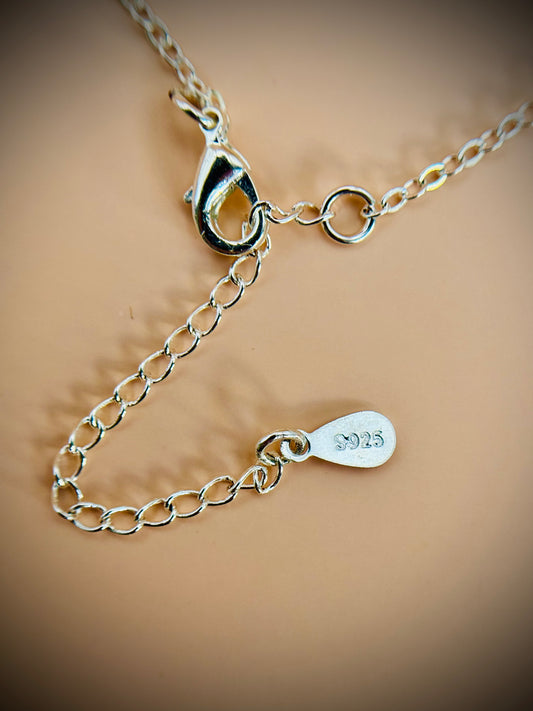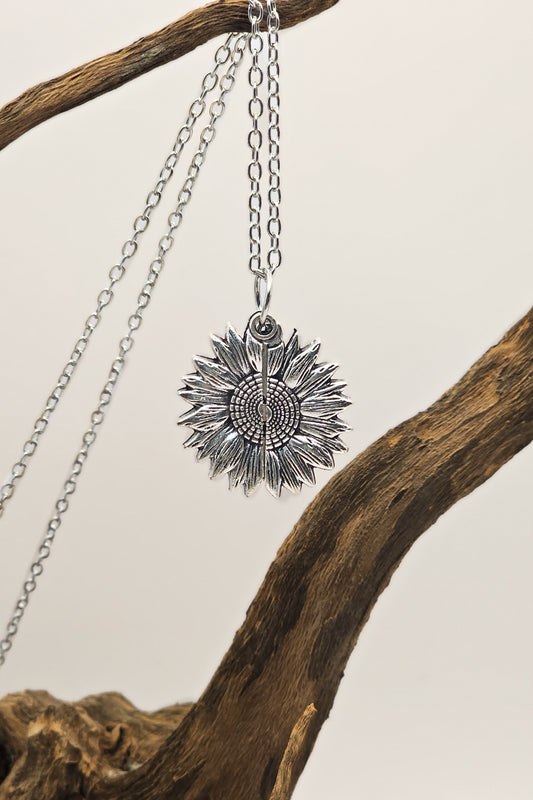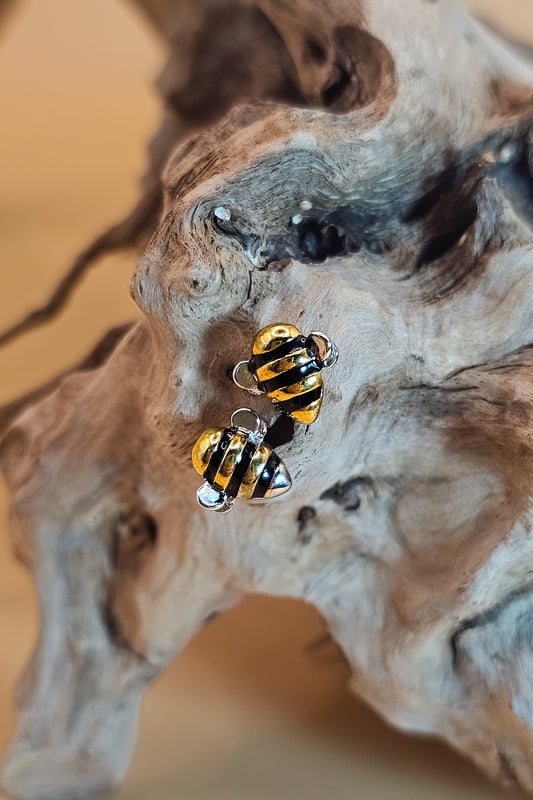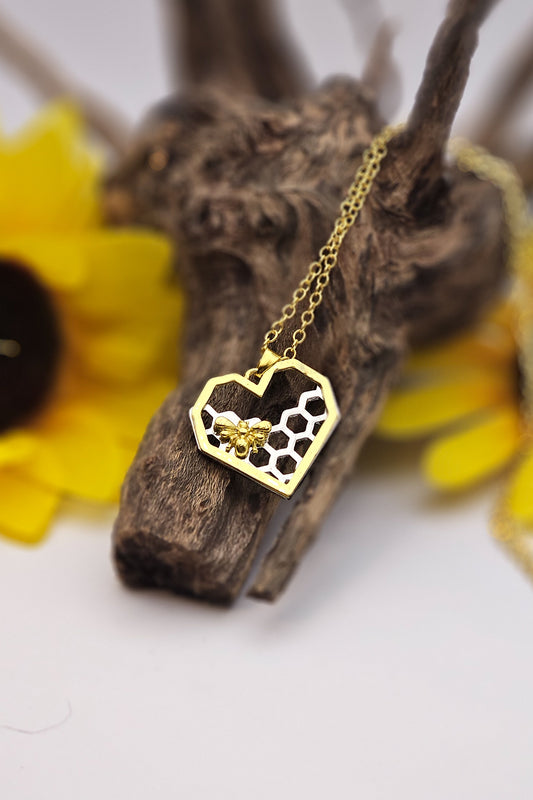Imagine how hungry humanity would be without pollinators. Around 80% of the crops eaten by humans rely on bees, butterflies, moths, bats and other insects and animals to carry pollen from one plant to another in order to reproduce. In other words, pollinators are vital to our ecosystems and to us.
Bees refer to domesticated and wild honeybees, but also to all the other thousands of species of native bees like bumblebees, mason bees, leafcutter bees, carpenter bees and so very many more.
Unfortunately, due to very poor decisions made by human beings, pollinators face ongoing grave challenges to their survival all over the world. Yes, we are endangering our own survival by harming the very insects that make our food possible. But for some reason too many decision-makers either cannot figure this out or do not care. Over time, the problem will worsen, and eventually humanity will grow hungry, and the planet could go extinct.
Consider the plight of honeybees for a moment, since they are master pollinators. They face loss of habitat, diseases, mites, parasites, pesticides, insecticides, monocultures, climate change and the overall possibly best-known problem in the past decade, ‘colony collapse disorder’ which incorporates many of these other problems. There are even monster-sized hornets that can wipe out a whole bee colony within hours. Native bees suffer from many of these issues as well. There are also declines in the populations of butterflies like the monarch.
It is clear that we cannot wait for government to fix anything, although some are making valiant efforts and are to be commended. But for now, it is too little too late. We have grown complacent and let things slide far too long.
It is time to roll up our sleeves and do something ourselves. Each and every one of us can make a difference in one way or another, depending on our lifestyles, resources, and intent.
This 5:21-minute video by Kuenzer Homesteading is called: What Kind of Clover Should You Plant for Bees?
PLANT NATIVE SPECIES – WILDFLOWERS, WILDFLOWERS, WILDFLOWERS
“Think like a bee,” says Douglas Tallamy, professor of entomology and wildlife ecology at the University of Delaware, according to Popular Science. Tallamy is author of Nature’s Best Hope: A New Approach to Conservation that Starts in Your Yard. He basically advises us to make bees the central focus on our gardens since they are the most potent pollinators. They know how to target a flower and get the job done. In and out, usually with a load of pollen in their bee baskets and in their tiny hairs. Butterflies may glide more elegantly and be pleasing on the eye, but when it comes to pollination they are not as efficient, although they are very valuable.
When it comes to bees, Tallamy suggests that you cater to specialist bees, rather than generalists like honeybees and bumblebees. Specialists gravitate to specific plants, whereas generalists enjoy a diverse buffet. He says if you cater to the picky eaters, the others will show up anyway. One really great flower to draw them all in: sunflowers. A bed of sunflowers will draw specialists, honeybees, and bumblebees. When blooming season ends, the sunflowers dry up and the seeds scatter on the earth to feed many birds, bats and other little critters looking for food.
THINK FOR ALL 4 SEASONS – NOT JUST ONE OR TWO
Many insects need to eat all year round, even if some bee species withdraw in winter in many places. Taking the example of sunflowers, most bloom usually from mid-summer to early fall, so you also need to figure out some spring flowers. Common yarrow or wild geranium would be ideal in your garden so you can feed pollinators most of the year.
When planting a garden, many of us in the west are more concerned about what neighbors and passersby think of our gardening skills than what use the garden can be. Plant for your pollinators, who need it to survive. Make it lush, diverse, and multi-flavored so wildlife will come to love it. Think about other plants besides flowers, too. Some of the best plants can be considered ‘weeds’ but they can be vital for insects. Like milkweed, where many pollinators like to nest. They are critically important to the monarch butterfly population, as they favor laying their eggs on milkweed leaves, yet those are in decline. Planting some of these perennials is a sure way to help this particular species.
Why do we look down on weeds so much? They can be some of the most potent plants of all. Here are two spring and summer ‘weeds’ to plant in your garden that will keep pollinators coming: clover and dandelions. You can read our previous blog post on bees and dandelions here. And here is our previous Feed Bees Clover Please blog post.
This 13:08-minute video by Offgrid Secrets is well worth the time to learn about some plants and trees that bees love:
Whether you have a luxurious spread of garden, or a balcony on the side of your apartment, or even just a kitchen box for herbs on your window, there is something you can do for pollinators. They love chives, rosemary, and thyme. They love fresh water in a safe bowl with sticks or stones to stand on.
Just be sure to plant the purest heirloom seeds you can get and ban the pesticides, fungicides, and insecticides in your garden. These few things alone can make you a true, empowered friend of the pollinators.
Last but not least? Be patient… create a cozy spot where you can lounge and watch all the happy pollinators enjoying what you have created for them. Now that is something to feel good about every single day, knowing you are contributing to a better future for planet Earth.








